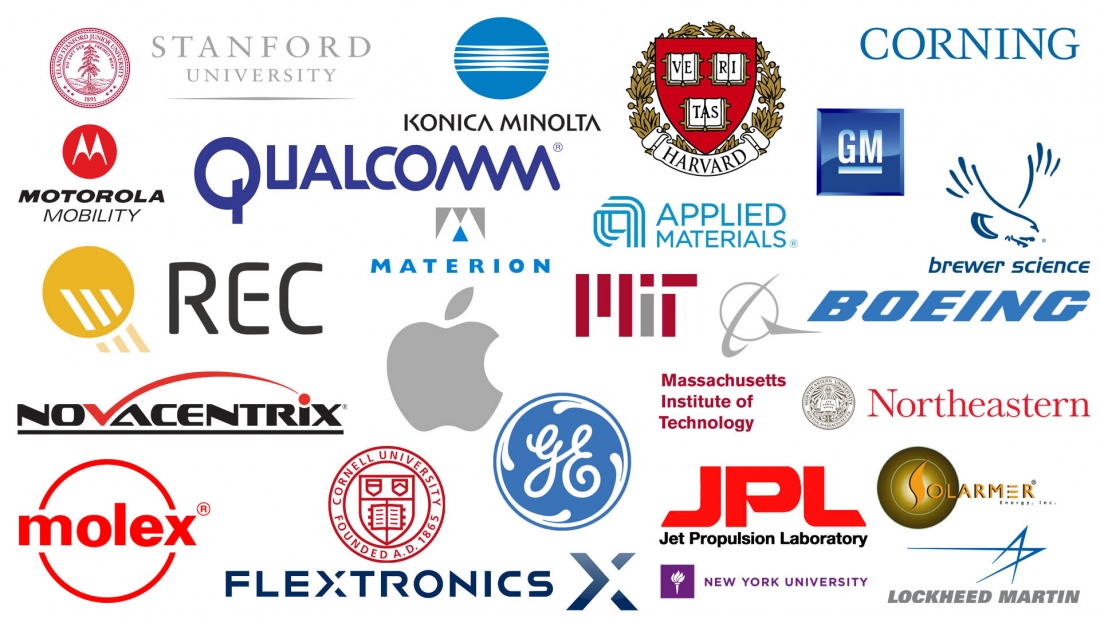Researchers at Switzerland’s EPFL have discovered a way to create circuits that are both flexible and able to be stretched. Typically circuits need to be hard printed onto a ridged board. This ensures that the delicate pathways and connections required for the circuit to function don’t get damaged. While this design works perfectly for computers, TVs, phones, and toasters, it is not so great for things that need to move – such as wearables. Rigid circuits have been a fairly significant design limitation for wearable technology up until this point. If you are looking to integrate circuitry into an article of clothing, typically thin, durable wires are integrated into the garment which are connected to a plastic box containing the circuity. While designers will still have to contend with an inflexible battery, removing the constraints of the hard printed circuit board is a huge leap forward for wearable design.
The new “elastic circuit” is capable of moving in any direction and stretching up to 4 times its original length. It can be stretched up to 1 million times before the materials making up the circuits begin to exhibit signs of wear. But how exactly does a conductive material bend and stretch without cracking or interrupting its conductive properties? Well, it is achieved through a clever mix of solid and liquid metals. The circuits, which are not limited in complexity, are contained within a thin film. Inside the film is a traditional looking circuit construction made from a gold alloy. Also within the film though is the liquid metal gallium. Gallium (Ga) is post-transition metal with an atomic number of 31 that has a very low melting point (it is used in thermometers as a safe alternative to mercury). The process of supercooling (removing nucleation sites so that a substance does not have a base to form a crystal structure when it passes its freezing point) helps keep the melting point of the metal even lower within the circuit. As the “elastic circuit” bends and stretches the gold pathways tear and crack. Liquid gallium then fills in the gaps allowing the circuits to continue to operate without interruption. EPFL discovered that use of the gold alloy was essential because it keeps the gallium homogeneous, preventing it from separating into droplets that would disrupt the circuits conductivity. Besides the obvious application to wearable technology, researchers also foresee the tech being used for soft robotics and smart skin.



